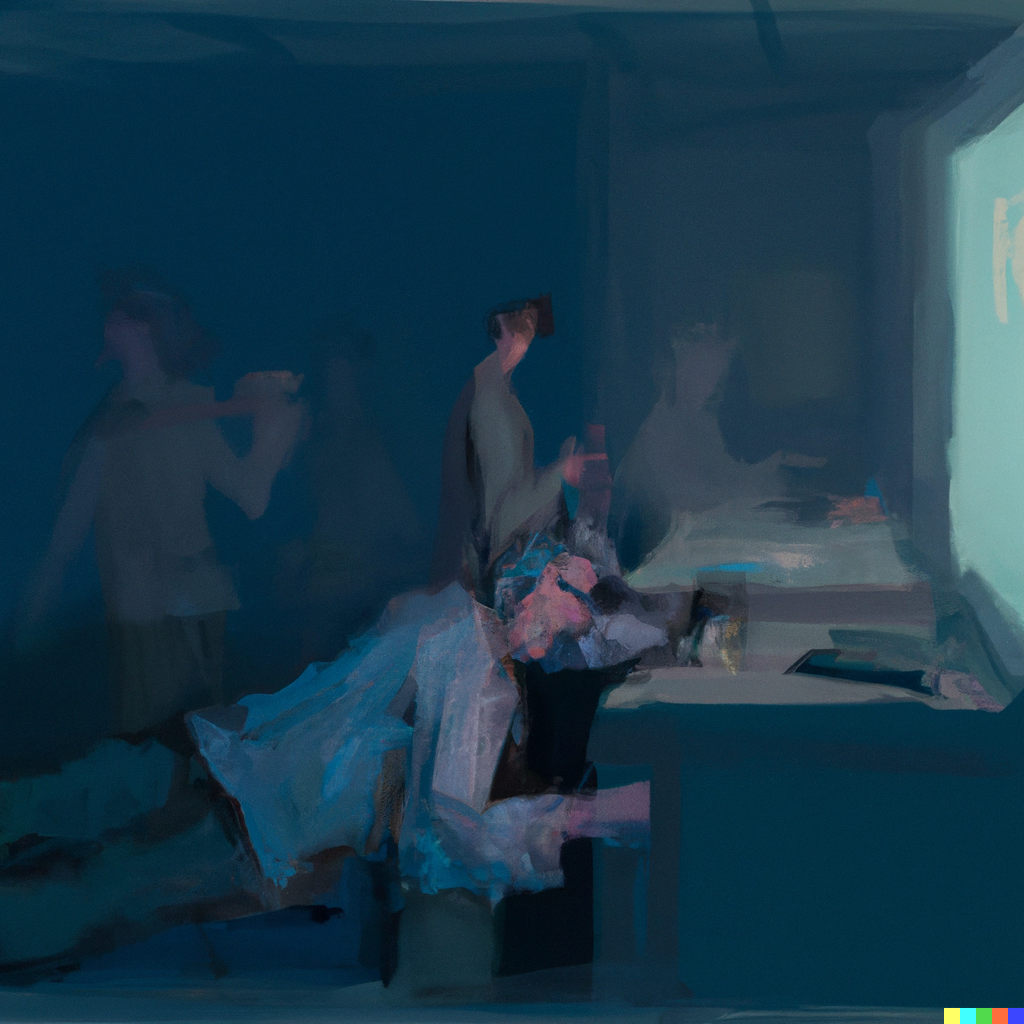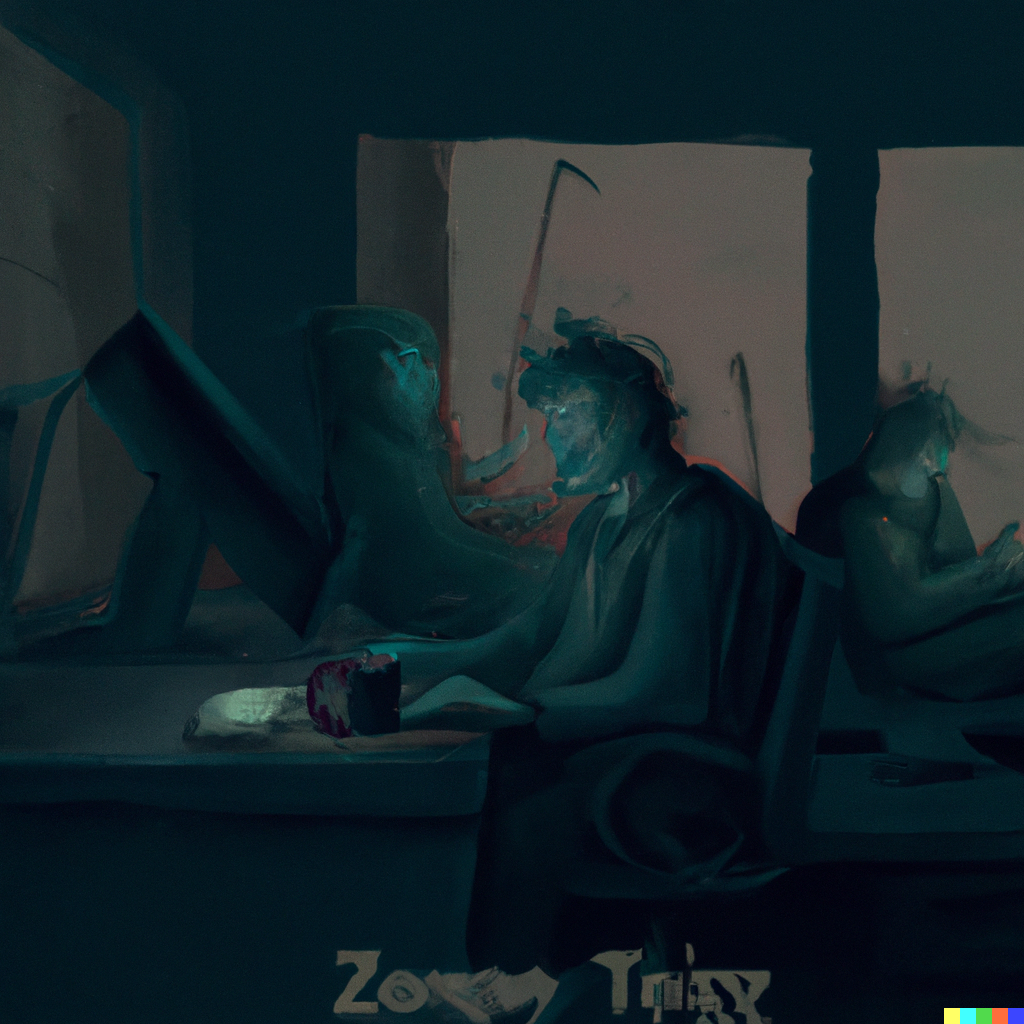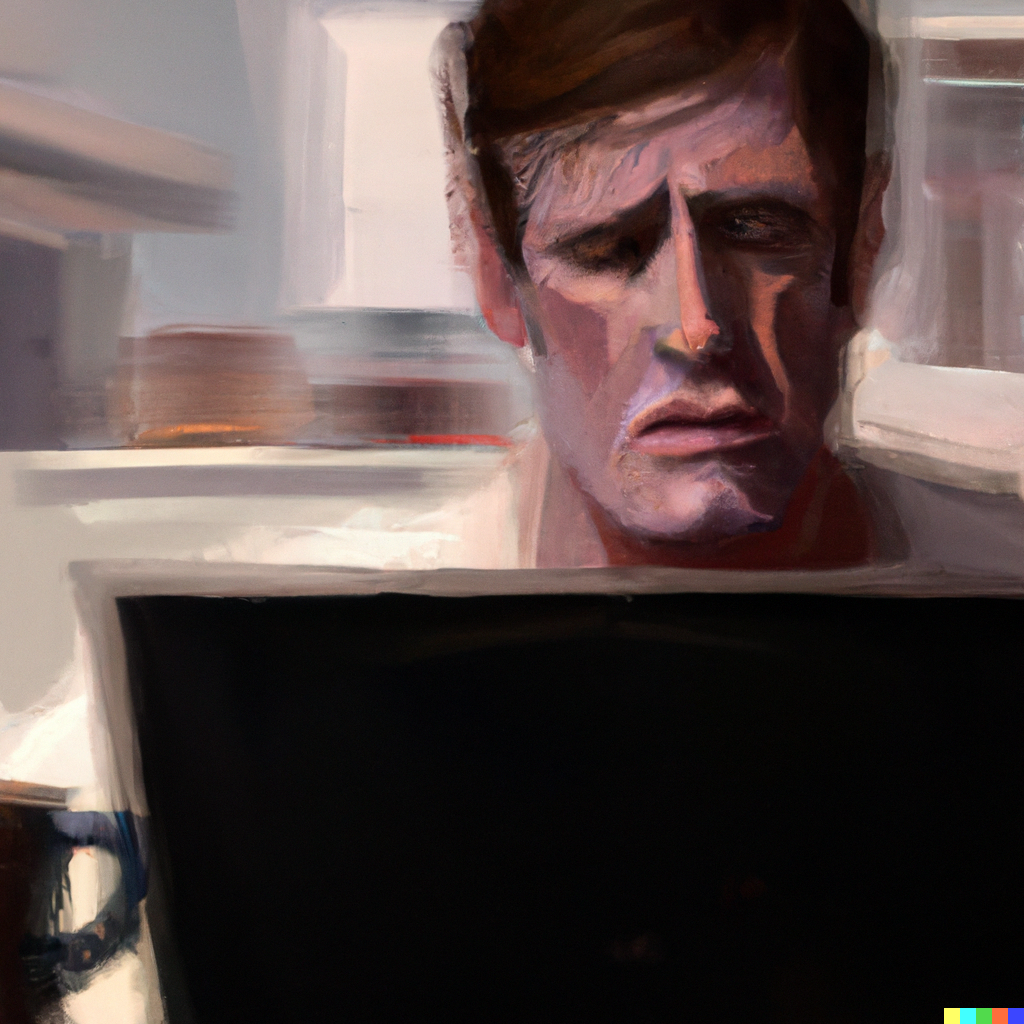As we slowly emerge from the shadows of the COVID-19 pandemic, a new challenge awaits the world: great burnout.
At the peak of the pandemic, the uncertainty and fear of the unknown led to a surge in productivity. With the world seemingly on the brink of collapse, people worked harder than ever before, whether it was frontline workers, employees transitioning to remote work, or businesses pivoting to adapt to the new normal. Society’s collective mindset shifted towards survival, and this resulted in a tireless work ethic that would eventually take its toll.
When the COVID-19 vaccine was finally introduced, it marked a turning point in the global fight against the pandemic. With the vaccine rollout, a sense of relief washed over the world, but the adrenaline that fueled our relentless work ethic began to wane. Slowly, people started to notice the signs of burnout – a lack of energy, creativity, and motivation.
The Zombie Workforce
Now, as we navigate this post-pandemic world, a significant portion of the population is suffering from burnout. They describe themselves as “zombies” at work, barely able to function and merely pretending to complete their tasks. The exhaustion from the pandemic has left them feeling drained, both physically and emotionally. This burnout is affecting not only their work but also their relationships and personal well-being.

For a moment, most of these people thought it was temporary. Many believed it had to do with their jobs. The second half of 2021 and early 2022 was all about getting new jobs and hoping energy levels would come back. Then the sudden realisation came – it was not about the old job. The new job did not help. The adrenaline of getting a new position only lasted for a few weeks, and eventually, low energy levels came back. I’ve never met so many people feeling so low and having such low energy levels, drive, and motivation after 3-6 months into a new job. One can’t beat the body. If rest is needed, it will need to be delivered.
2022: A Year of Continued Instability
2022 was supposed to be a year to recharge, but it started with the Russian aggression on Ukraine. It was followed by rising energy prices, inflation, unstable employment, and redundancies in Big Tech. After two years of the pandemic, everyone was expecting a “back to normality” kind of scenario, and we got even more instability. It was too much for many.

In contrast, those who managed to maintain balance during the pandemic find themselves now with a substantial competitive advantage. As the world slowly recovers, the individuals who have retained their energy and creativity levels are better equipped to seize opportunities and thrive in this new landscape of continued instability. The next twelve months will be a critical period, as these individuals lead the way while more than half (in my opinion) of the population struggles to recuperate.
The Road to Recovery
As we move forward, it is crucial to recognize the importance of addressing and overcoming this burnout epidemic. While I predict that most people will recover by 2024, the next year will be challenging for many. A few years ago, the exhibition “Aftermath: Art in the Wake of World War One” held at Tate Britain in 2018 provided a glimpse into the dark and decadent post-war society in Britain, France, and Germany. Featuring works by artists such as George Grosz, Otto Dix, Fernand Léger, Wyndham Lewis, and Paul Nash, the exhibition showcased the impact of war on the art of the time. Today, it feels as if history is repeating itself, and the next few years will be our global recovery years after the pandemic and the Russian war in Ukraine.

